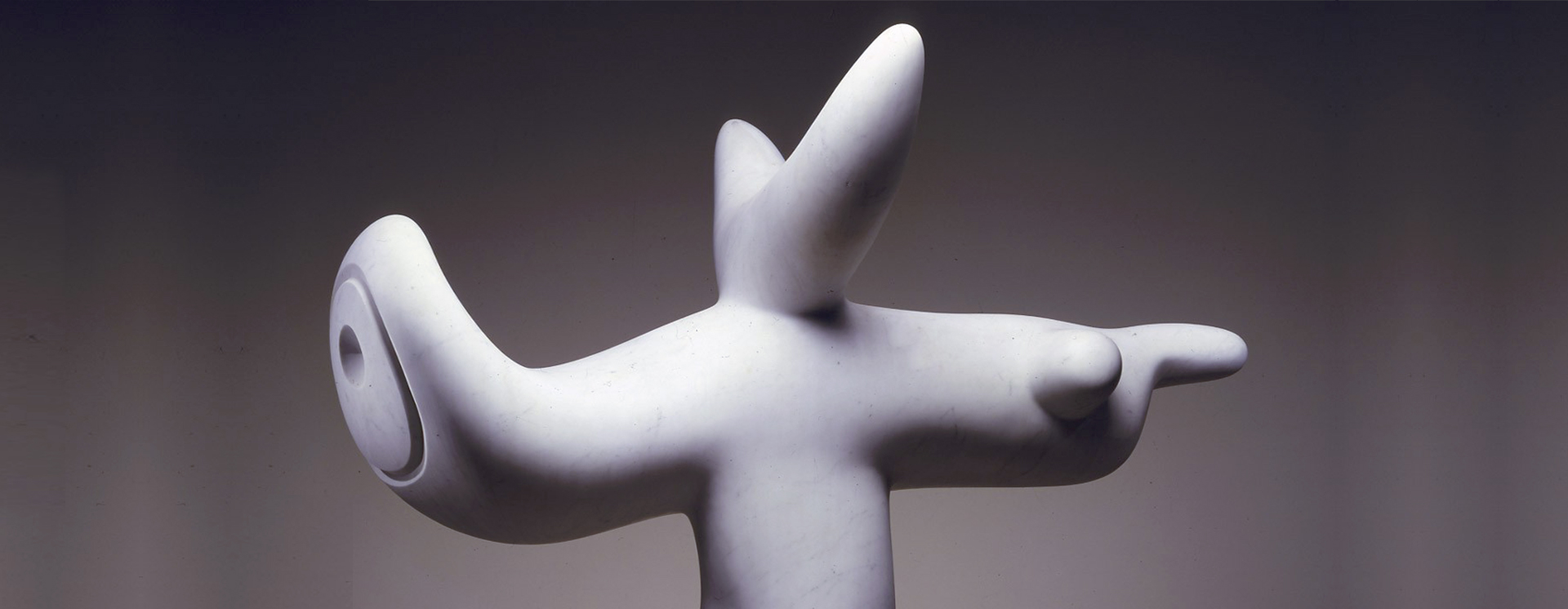Henraux Collection 1960-1970
WHERE
Piazza della Scala 6, Milan
Octagonal courtyard and the Garden of Alessandro Manzoni
WHEN
From 10 June to 17 July 2022
From Tuesday to Sunday from 9:30 to 19:30, Thursday until 22.30
Monday: closed
Last admission 1 hour before closing
TICKETS
Full price €10, reduced price €8, special reduction €5 for Intesa Sanpaolo Group customers and under-26s; free admission for pass holders, schools, under-18s and Intesa Sanpaolo Group employees
The Henraux Collection 1960-1970 exhibition is the result of a collaboration between Fondazione Henraux and the Gallerie d’Italia of Intesa Sanpaolo and is dedicated to the important collection of marble sculptures made by the Tuscan marble company during a unique period in its history.
Over the course of more than 200 years of activity, Henraux has played a lead role in innumerable international visual heritage projects and partnerships. Founded in 1821 by former Napoleonic officer Jean Baptiste Alexandre Henraux and Marco Borrini, an entrepreneur from Versilia, the company’s history is punctuated with important contributions to the world of art, architecture and restoration.
After the Second World War, Henraux became closely associated with the visual arts thanks to the farsighted stewardship of Erminio Cidonio, who took over as company CEO in 1956. In a context dominated by a need and desire for regeneration, Henraux redefined its entrepreneurial and cultural identity, taking advantage of the opportunities available in the area of sculptural experimentation and industrial production as a wave of dynamism and fervour swept through the national art scene. The 1957 meeting with British sculptor Henry Moore, who had come to Versilia to produce his large abstract work Reclining Figure for the UNESCO headquarters in Paris, gave extra impetus to this new direction, paving the way for a period of great artistic innovation and research. In the space of a few years, Jean (Hans) Arp, Pietro Cascella, Rosalda Gilardi, Émile Gilioli, Jacques Lipchitz, Morice Lipsi, Joan Miró, Isamu Noguchi, Maria Papa Rostkowska, Giò Pomodoro, Antoine Poncet, Branko Ružić, François Stahly, Georges Vantongerloo and many others made their way to Querceta, a neighbourhood in the municipality of Seravezza, in the province of Lucca, to produce their works with the workers and marble of Henraux, contributing to a wider cultural rebirth of the company and the surrounding area.
Between the late 1960s and the early 1970s, the vibrancy of this exceptional period began to wane as the company changed its strategy and, shortly after being exhibited in the Main courtyard at Palazzo dei Diamanti in Ferrara in 1972, the collection was broken up. In 1973 twenty-five works were purchased by the-then Banca Commerciale Italiana under the enlightened chairmanship of Raffaele Mattioli, before becoming part of what is now the Intesa Sanpaolo collection of modern and contemporary art. The sculptures are distributed in two open-air spaces, the Garden of Alessandro Manzoni of Gallerie d’Italia and the garden of one of the Bank’s historic sites in Parma.
The Henraux Collection 1960-1970 exhibition project, curated by Edoardo Bonaspetti, Artistic Director of Fondazione Henraux, is in two parts. The first part is in the Octagonal courtyard and the Garden of Alessandro Manzoni of Gallerie d’Italia in Milan, where 7 of the 25 Henraux sculptures in the Intesa Sanpaolo collection are exhibited. The entire nucleus underwent an innovative large-scale conservation intervention to mark the occasion. This initiative represents a preview of the major exhibition that will take place in Querceta at the Fondazione Henraux headquarters from 25 July to 18 September. Showcasing the 7 Intesa Sanpaolo sculptures as well as documents, archive photos, models and reproductions organised by theme, the Milan exhibition lifts the lid on the vibrant context in which the sculptures were created, the birth of the Henraux collection and the extraordinary example of business culture that the company set. The exhibition elements are made from marble - extracted from the same quarries that produced the marble chosen by the artists of the time for their sculptures - and evoke the creative processes by which the raw material is transformed into a work of art, a unique and virtuous relationship between nature, culture and industry.
